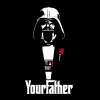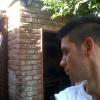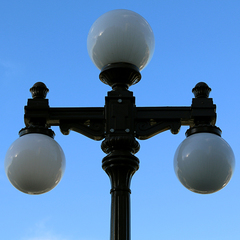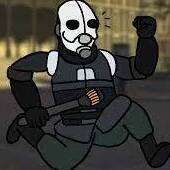Help with Binary Codes for IB physics
wait.. ok I understand the second part.
But can u explain to me what base numbers are and what N digits represent?
Thanks for helping out
342 is 1 number, written with 3 digits in base 10:
the 3 digits are (3, 4, 2)
the base is 10 because every digit could have 10 values (0, 1, 2, 3, 4, 5, 6, 7, 8, 9)
binary is base 2 because you have only 2 possible values for every digit (0, 1)
hexadecimal has 16 symbols, usually written as (0, 1, 2, 3, 4, 5, 6, 7, 8, 9, A, B, C, D, E, F)
if you're working on a byte, then you know you're looking at 8 bits
"8 bits" stands for "8 binary digits", therefor N = 8, you have 8 digits
and those digits are binary, so they're base 2 digits
2 to the power of 8 = 256 combinations
edit: oh nevermind, you got it already
well fuck it, i reached 500 posts, hooray! useless custom member title incoming


.png.255947720031a641abdac78e663b681c.png)


















Create an account or sign in to comment
You need to be a member in order to leave a comment
Create an account
Sign up for a new account in our community. It's easy!
Register a new accountSign in
Already have an account? Sign in here.
Sign In Now